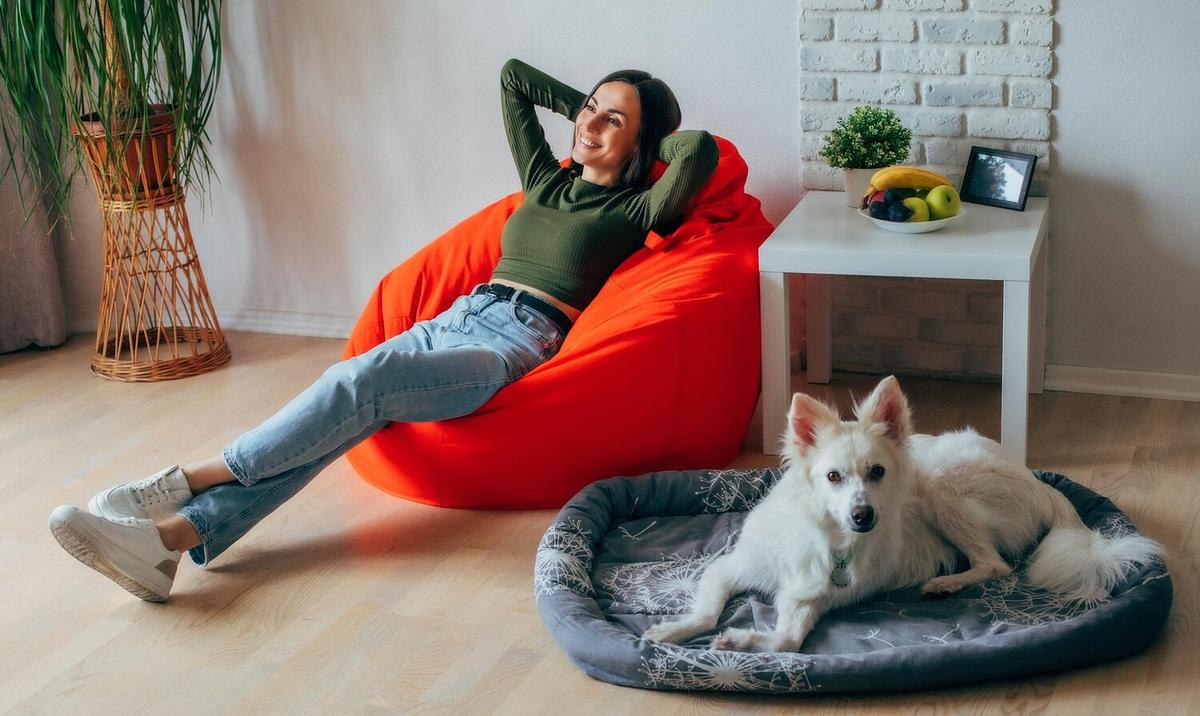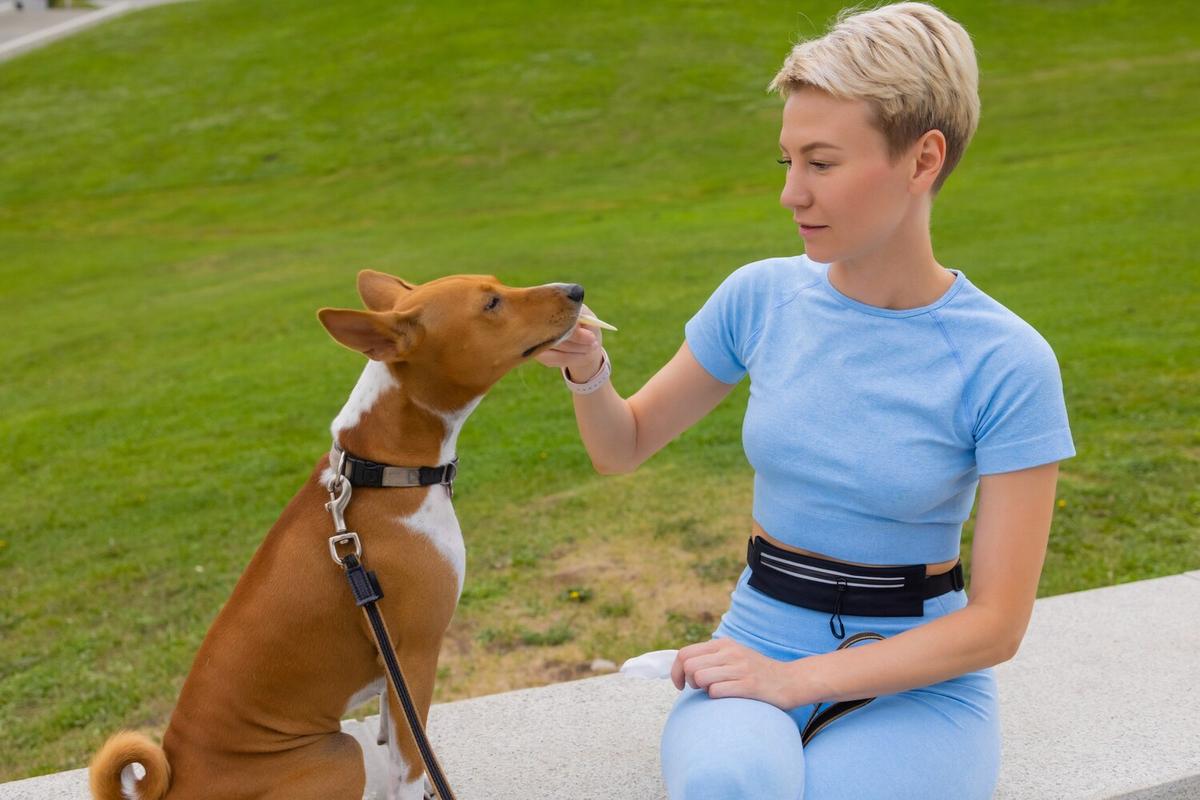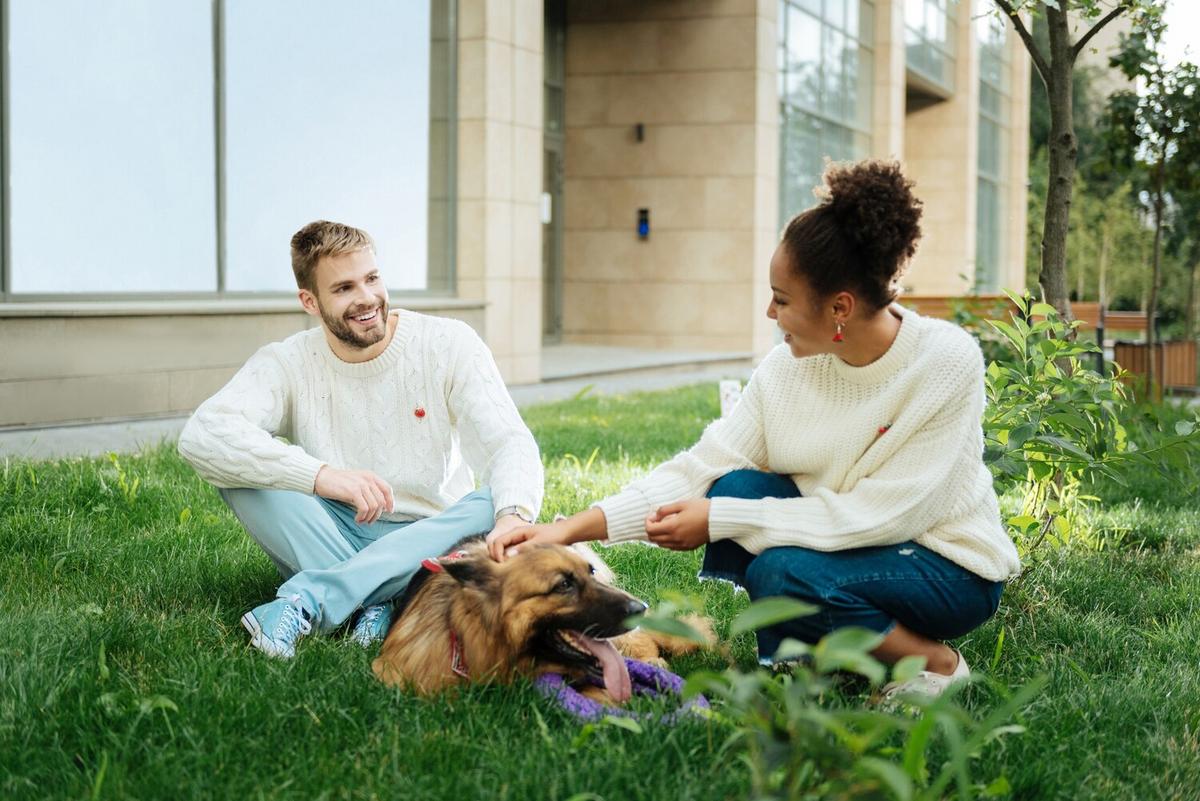
How to Address Separation Anxiety in Dogs
Separation anxiety in dogs is a common issue that many pet owners face, leading to stress for both the dog and the owner. Understanding the causes and implementing effective strategies can help alleviate this anxiety, ensuring a happier, more balanced life for your furry friend.
Understanding Separation Anxiety in Dogs
Separation anxiety occurs when a dog becomes distressed in the absence of their owner. This can manifest in various behaviors such as excessive barking, destructive chewing, or even attempting to escape. According to a study published in the Journal of Veterinary Behavior, approximately 14% of dogs suffer from some form of separation anxiety. Understanding the root causes is essential for addressing this issue effectively.
Causes and Symptoms
Separation anxiety can be triggered by a variety of factors, including changes in routine, moving to a new home, or the loss of a family member. Common symptoms include howling, pacing, or urinating indoors despite being house-trained. Observing these behaviors can help pet owners identify anxiety early and take appropriate action.
Expert Opinions
Veterinarians and animal behaviorists agree that a structured approach to training can significantly reduce separation anxiety. Dr. Rachel Krastov, a renowned animal behaviorist, emphasizes the importance of gradual desensitization and creating a safe space for your dog.
Personal Experience
Take the example of a pet owner who noticed their dog, Baxter, would become agitated every time they left the house. By implementing a consistent routine and using calming aids like a weighted blanket, Baxter’s anxiety reduced significantly over time.
Actionable Tips to Address Separation Anxiety
- Gradual Desensitization: Start by leaving your dog alone for short periods and gradually increase the duration.
- Safe Space: Create a comfortable area with toys and a bed where your dog feels secure.
- Consistent Routine: Maintain a regular feeding and exercise schedule to provide stability.
- Training and Behavior Modification: Use positive reinforcement to encourage calm behavior.
Comparison Table of Calming Aids
| Calming Aid | Form | Pros | Cons |
|---|---|---|---|
| Pheromone Diffusers | Plug-in | Easy to use | Requires electricity |
| Calming Collars | Wearable | Portable | May not fit all dogs |
| Weighted Blankets | Blanket | Provides comfort | Not suitable for all climates |
| Herbal Supplements | Oral | Natural ingredients | Results vary |
| Music Therapy | Audio | Non-invasive | Requires audio setup |
| Interactive Toys | Play | Keeps dogs occupied | Can be destroyed |
| Behavioral Training | Training | Long-term results | Time-consuming |
| Veterinary Consultation | Professional | Expert advice | Costly |
Frequently Asked Questions
How long does it take to see improvements in my dog’s anxiety?
Improvements can vary, but with consistent training and intervention, many dogs show signs of reduced anxiety within a few weeks.
Can separation anxiety go away on its own?
While some dogs may improve over time, it is generally beneficial to actively address the behavior to prevent escalation.
Conclusion
Addressing separation anxiety in dogs requires patience, understanding, and a willingness to try different strategies. By identifying the symptoms and implementing effective solutions, you can help your dog feel more secure and reduce their anxiety. Explore additional resources and consult with a professional if needed to ensure your pet’s well-being.


